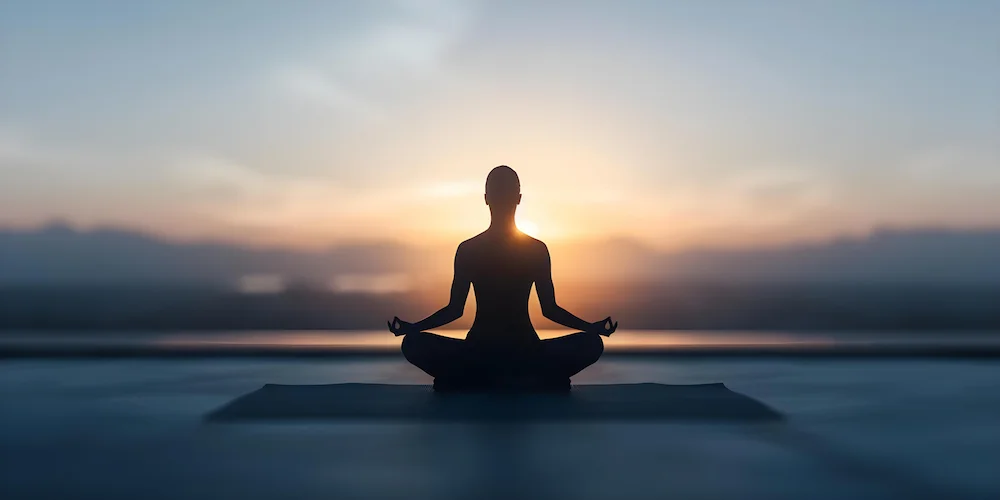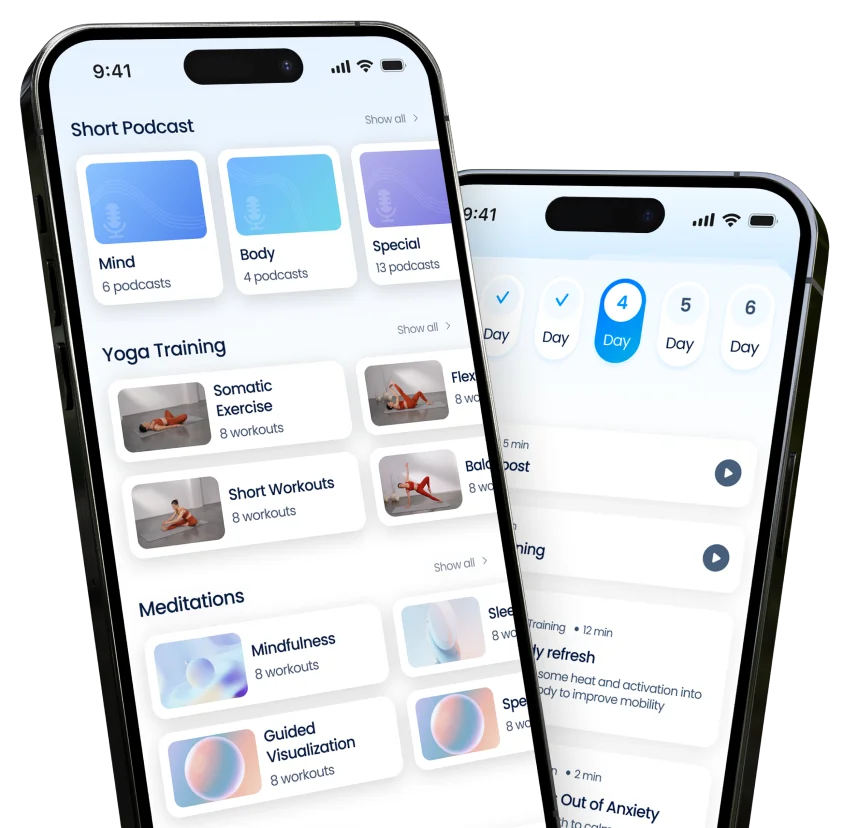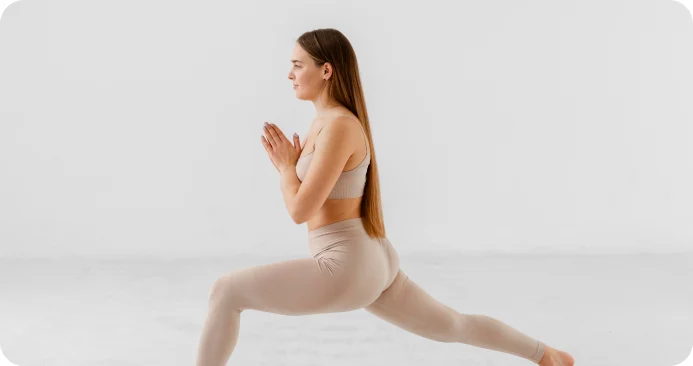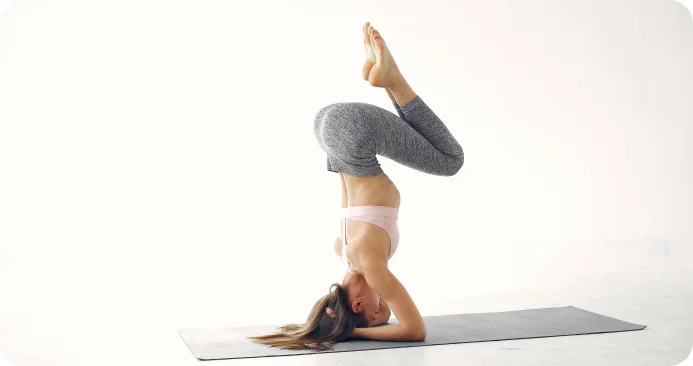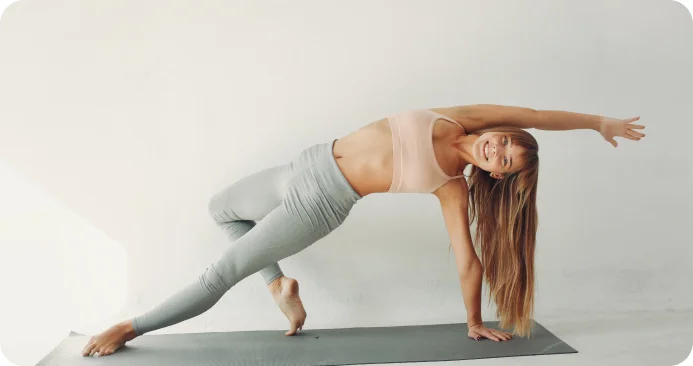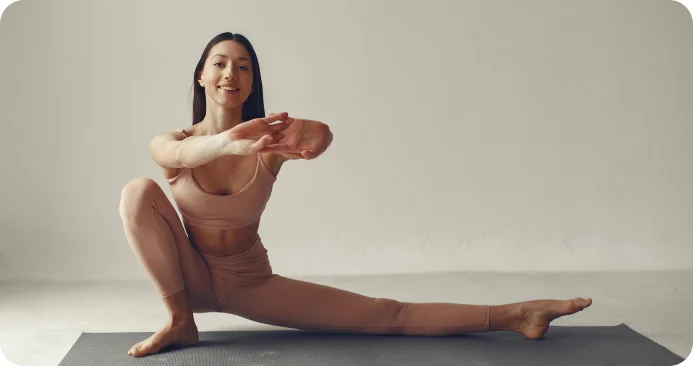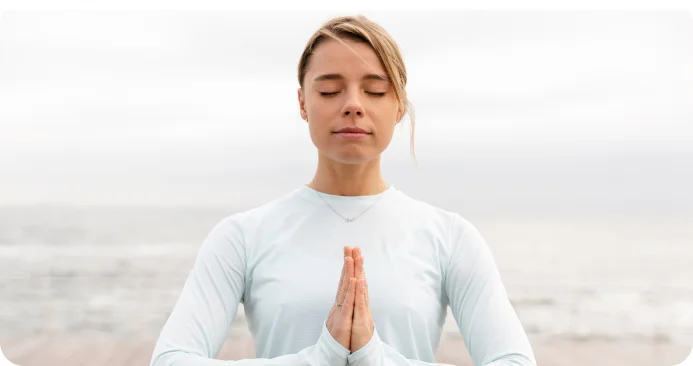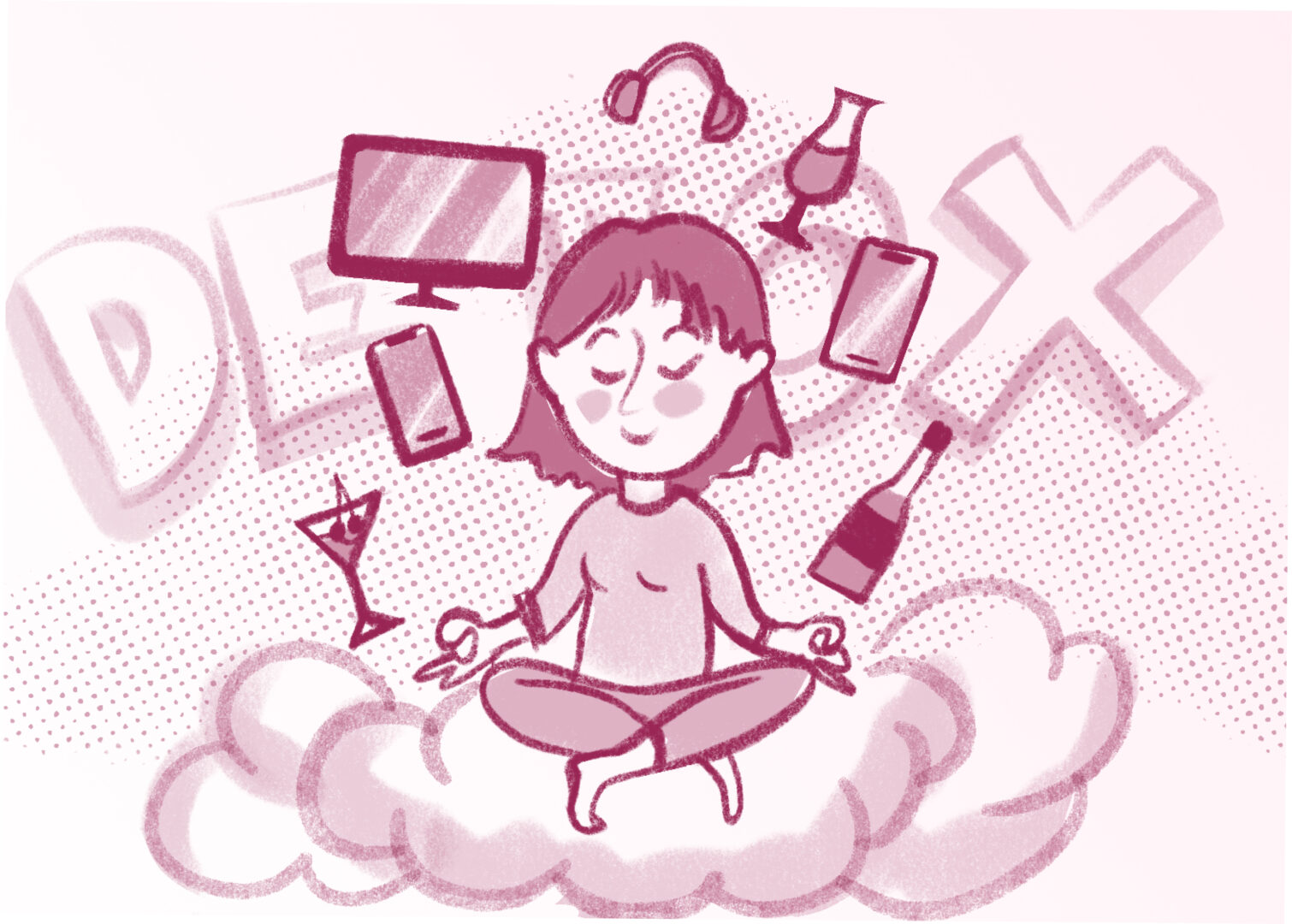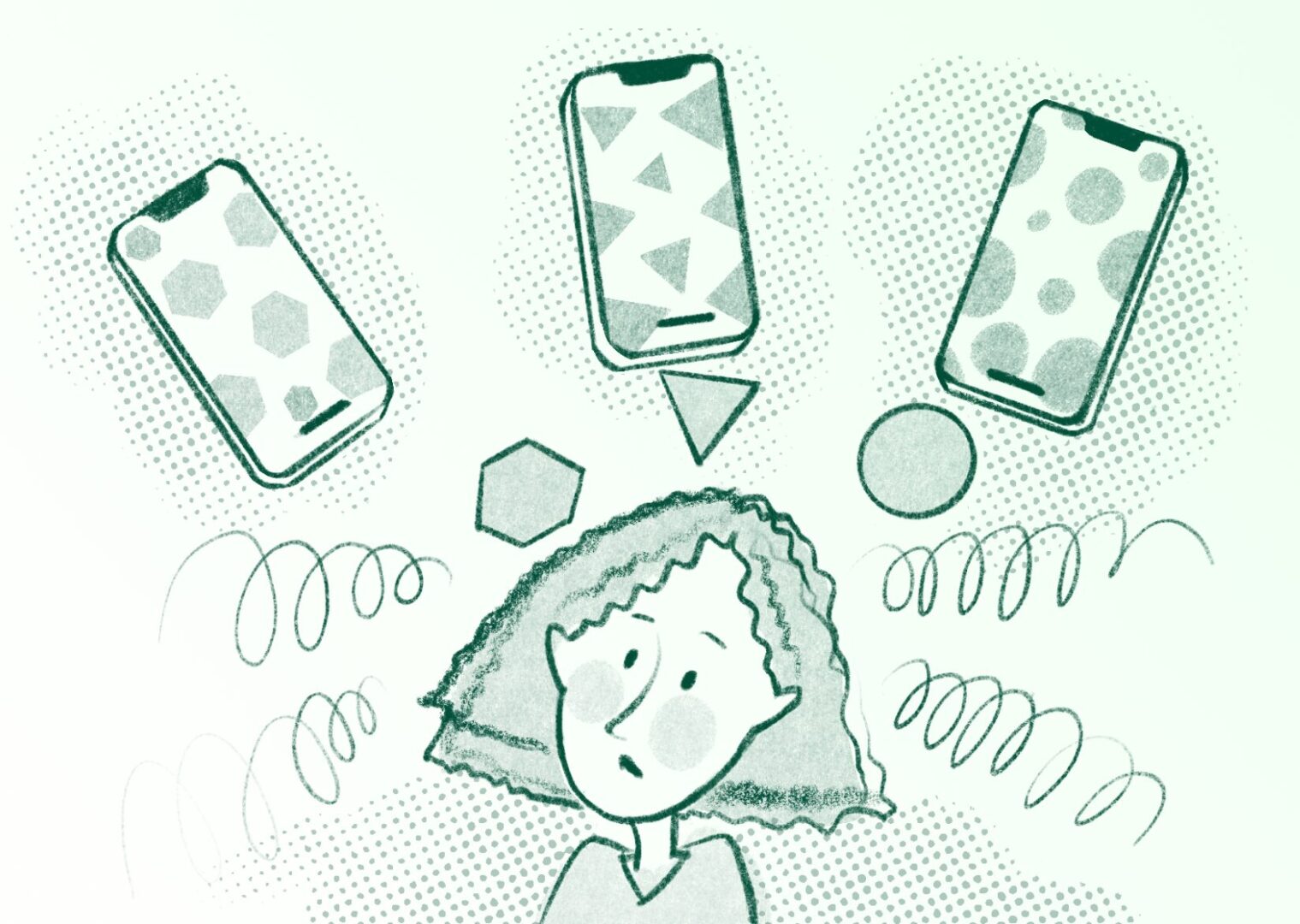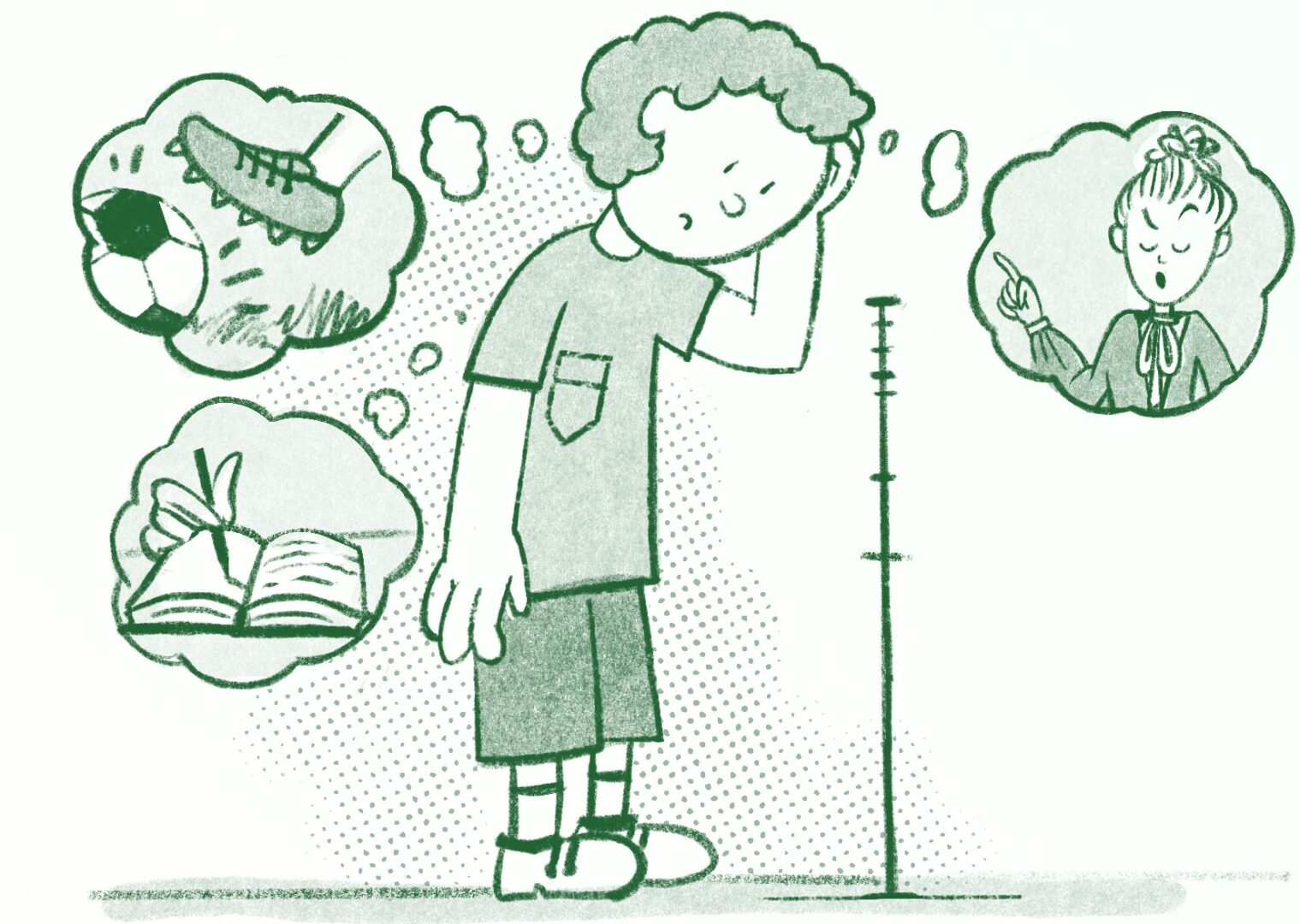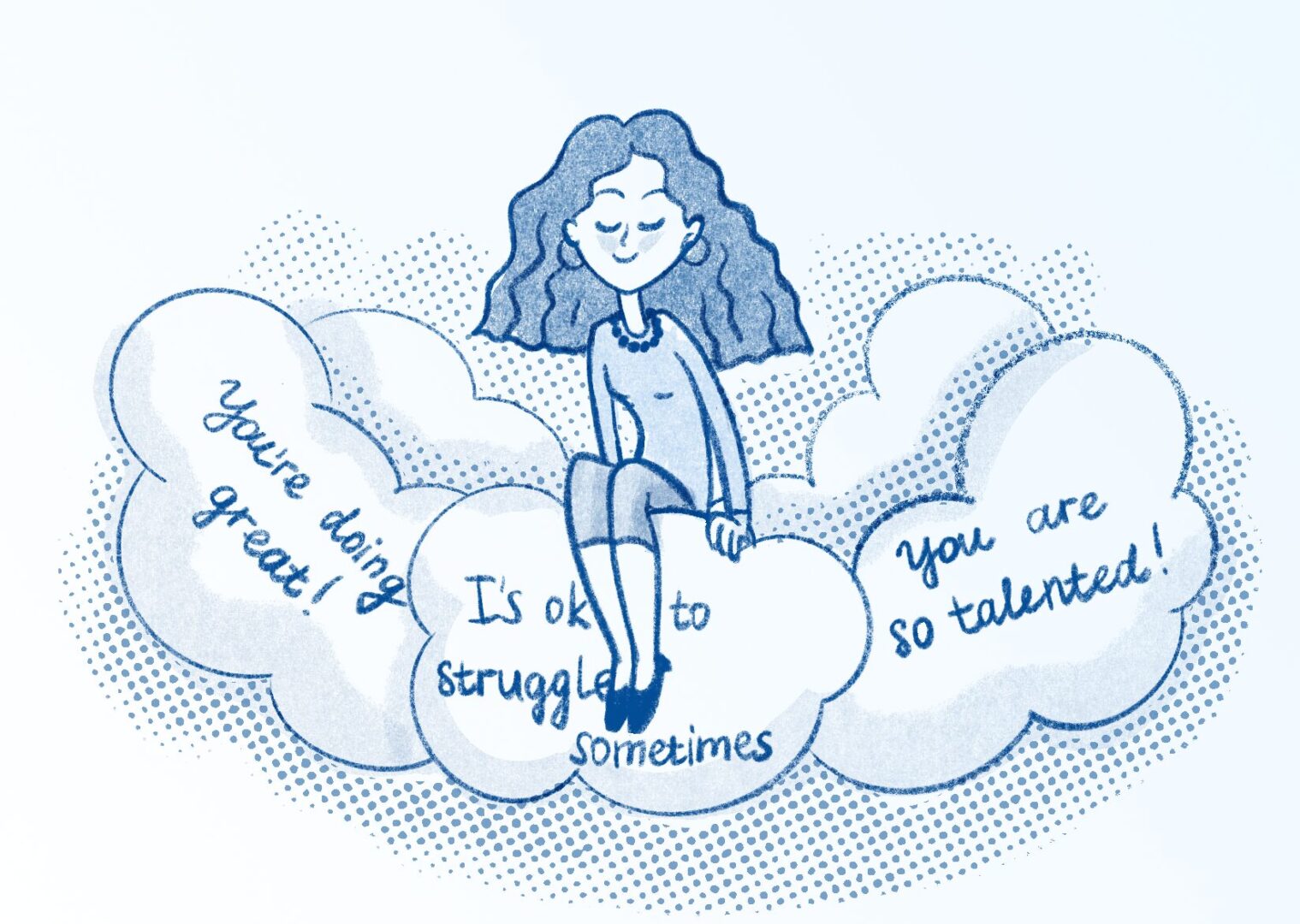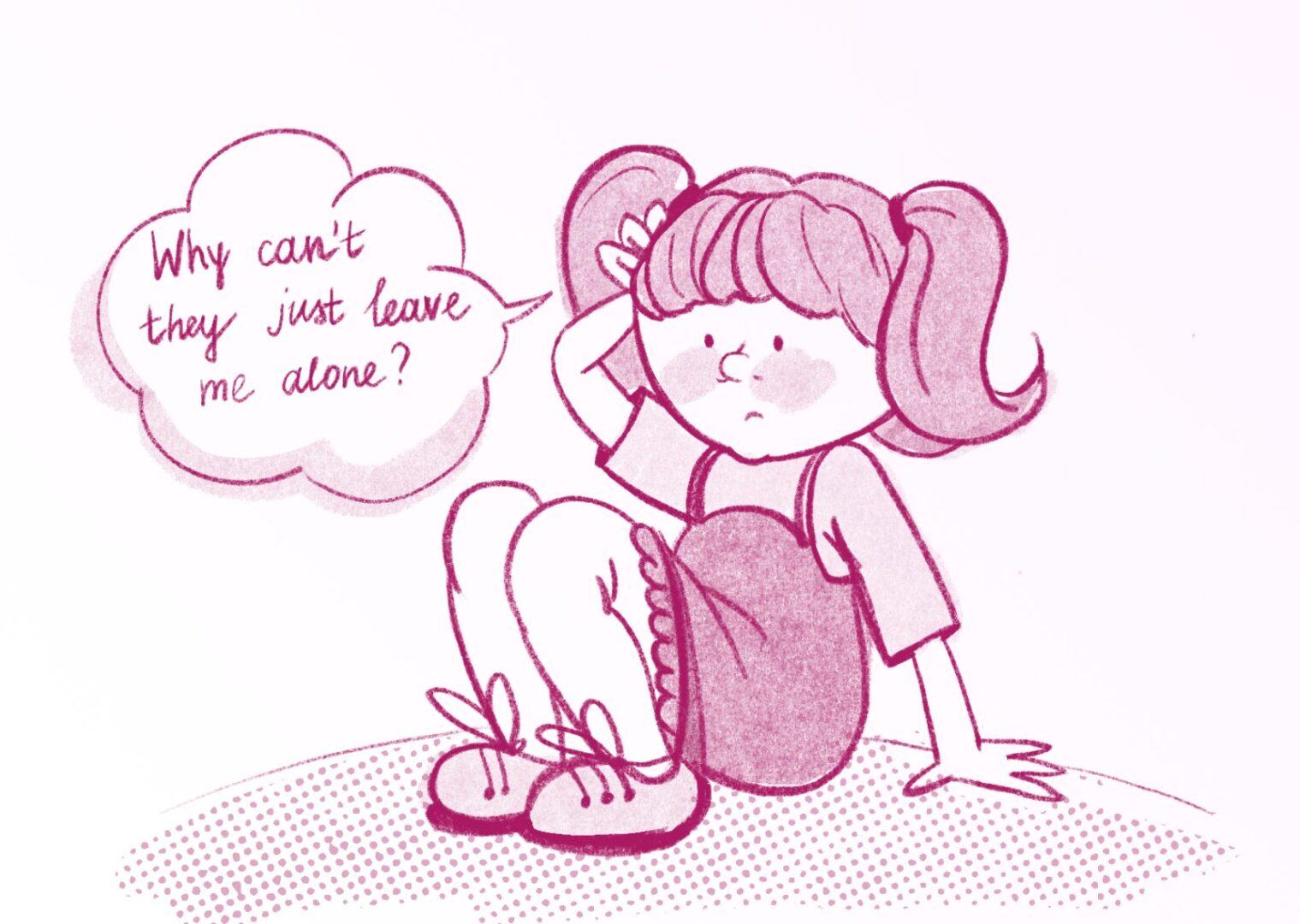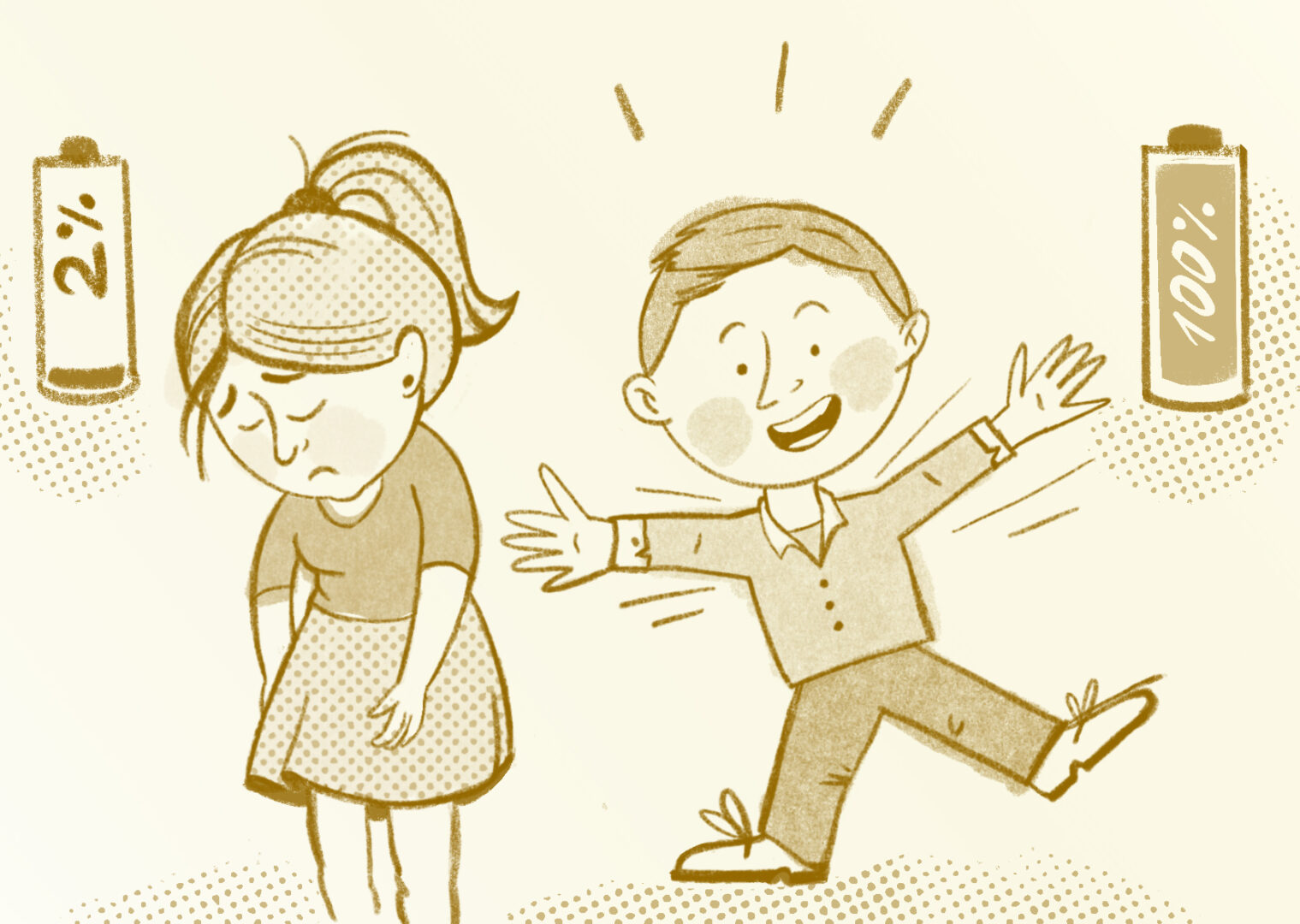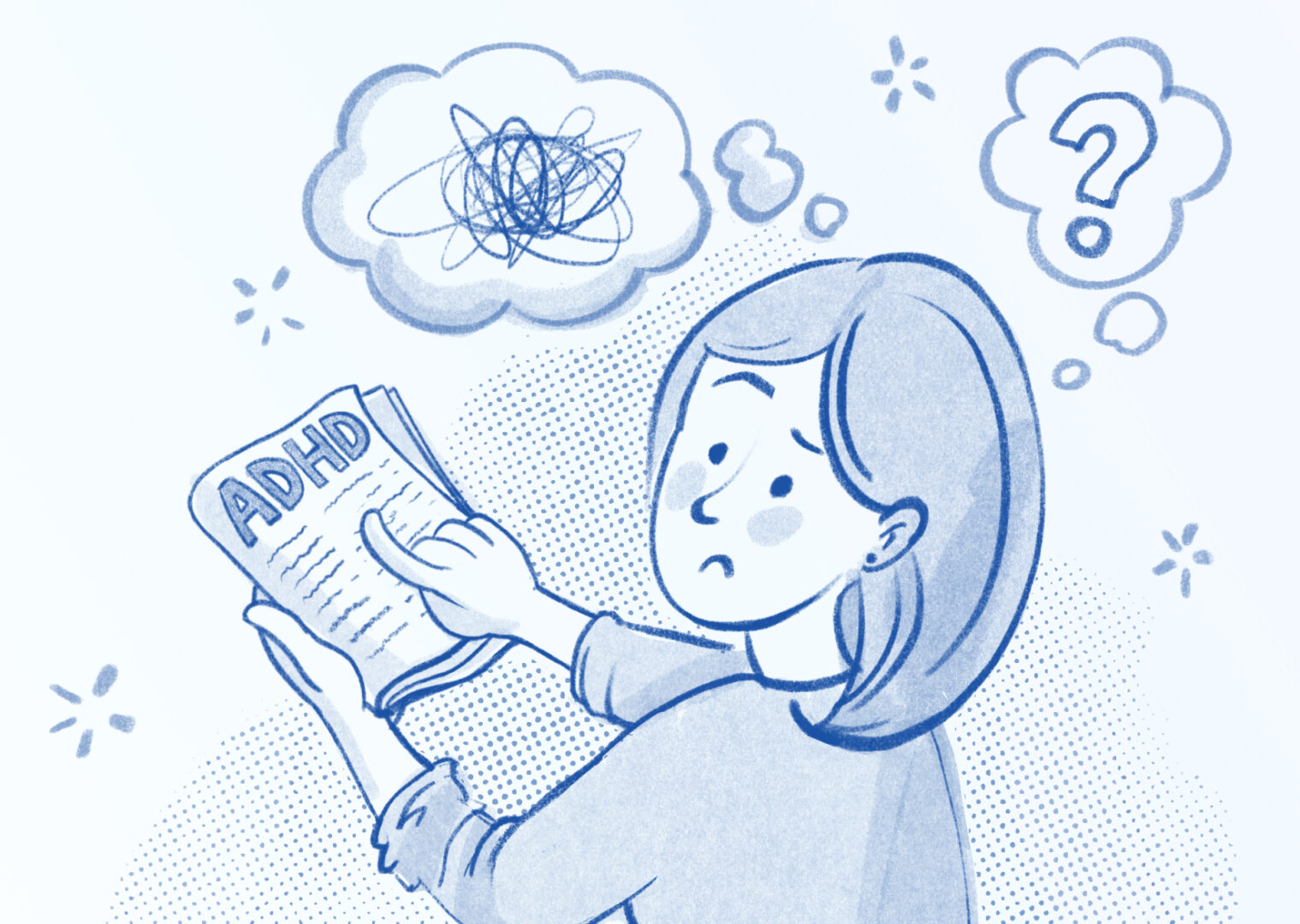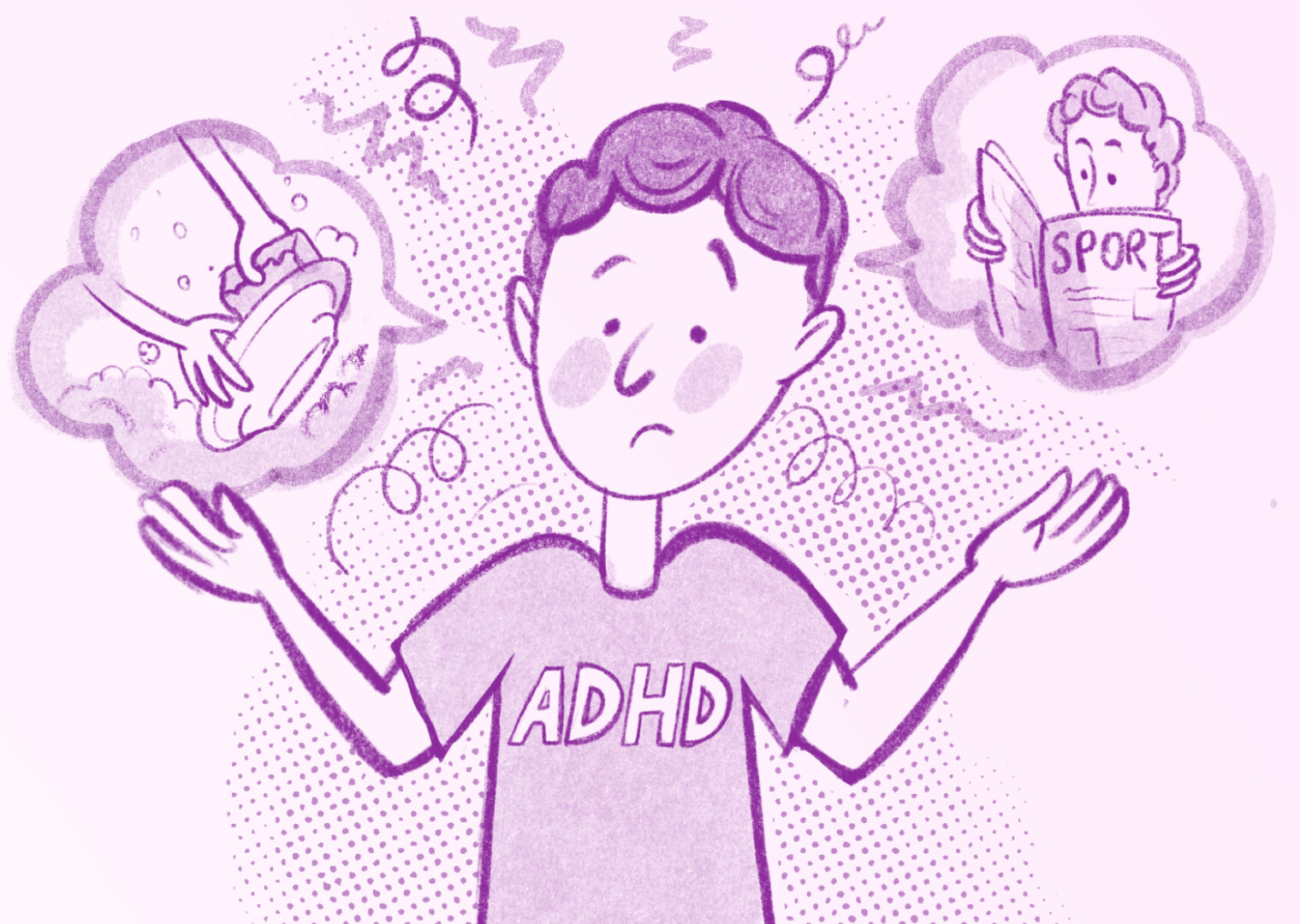Expert guidance to awake your potential
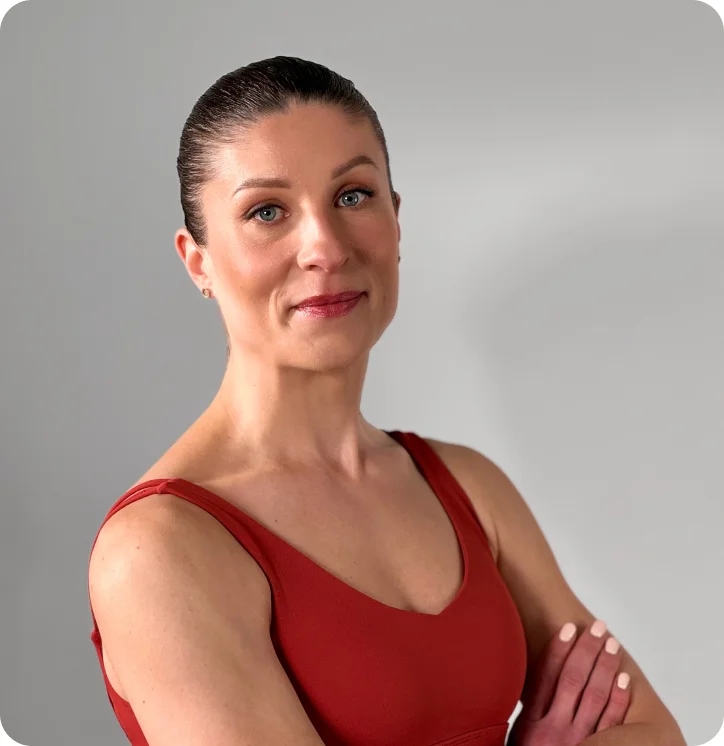
Being a yogi with 10 years of teaching and practice, Julia has developed a thoughtful system of healing and strengthening yoga flows exclusively for HeyZen.
“I’m always excited to see how, after a few classes, it dawns on people that the tool for physical health and inner harmony was the body itself all along! And that yoga turned out to be the healthiest way to get the most out of its potential.”
Physical health:
- Endometriosis
- Chronic pain
- Cardio-vascular problems
- Respiratory function
- Muscle and connective tissue stiffness
- Arthritis and osteoporosis prevention
- Increasing red blood cells and hemoglobin
Mental health:
- Acute and chronic stress
- Anxiety disorders
- Depression (including prenatal depression)
- Post-traumatic stress disorder (PTSD)
- Eating disorders
- Emotional dysregulation
- Insomnia
- Mood disorders
Yoga isn't about performance
Yoga welcomes every flexibility and strength level, as it’s not about performance and physical correctness. It’s about learning how to hear your inner voice and understand the true signals of the body to regulate the nervous system in a healthy natural way.
How often and how long
Even a single yoga class has a tangible positive effect on mental and physical health. According to the research, it doesn’t matter if you practice yoga less than four times a week or more.
Similarly, it doesn’t matter if you practice it for less or more than 8 weeks — the healing impact and efficacy will remain at the same positive level.

FAQ
1. What yoga classes bring the best results?
2. What yoga is the best for beginners?
3. What yoga poses are the best for beginners?
4. Is 20 minutes of yoga a day enough exercise?
5. What does yoga mean?





